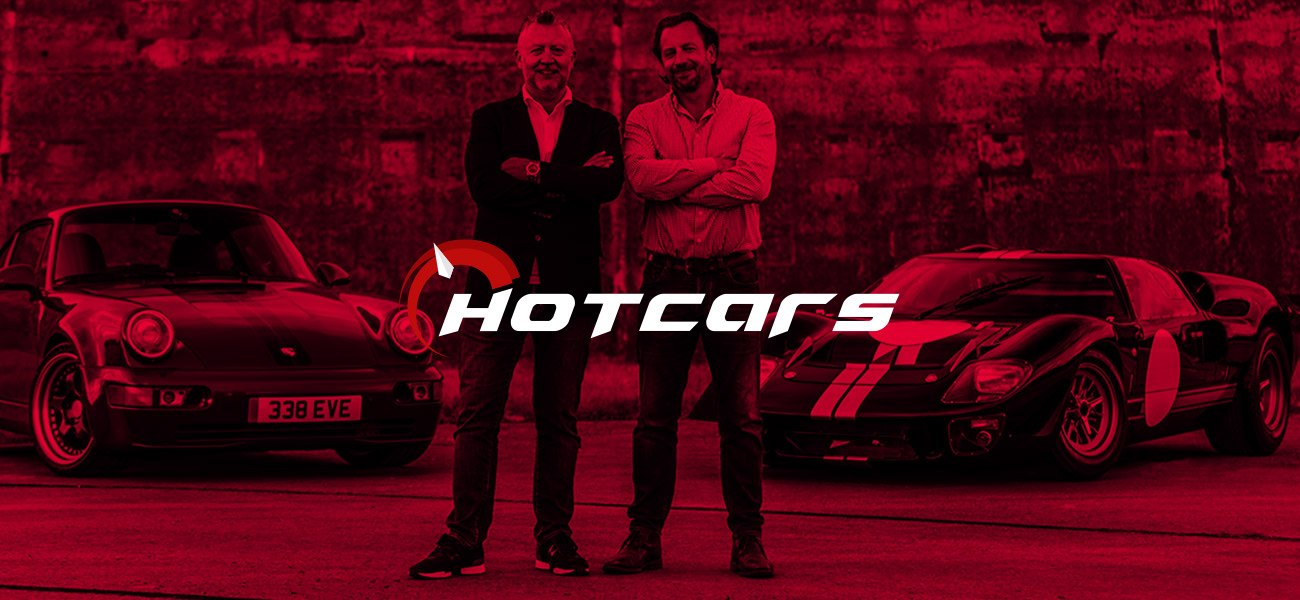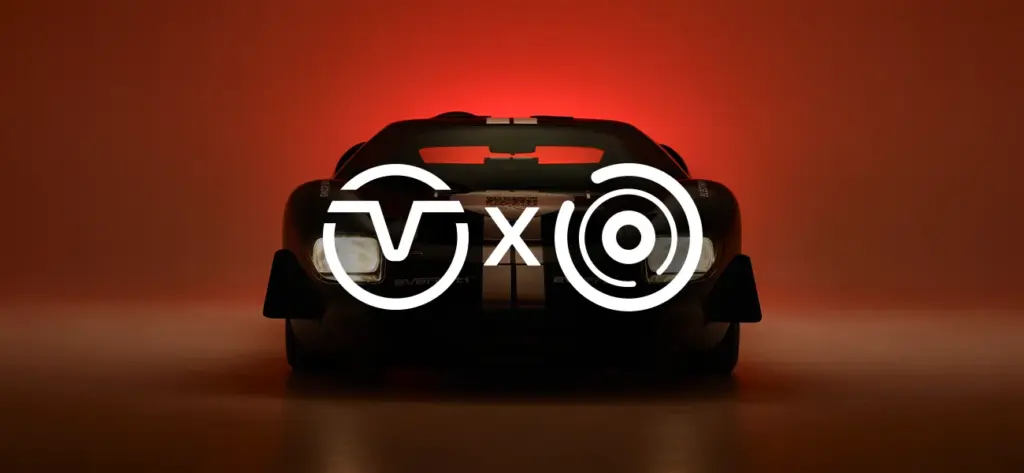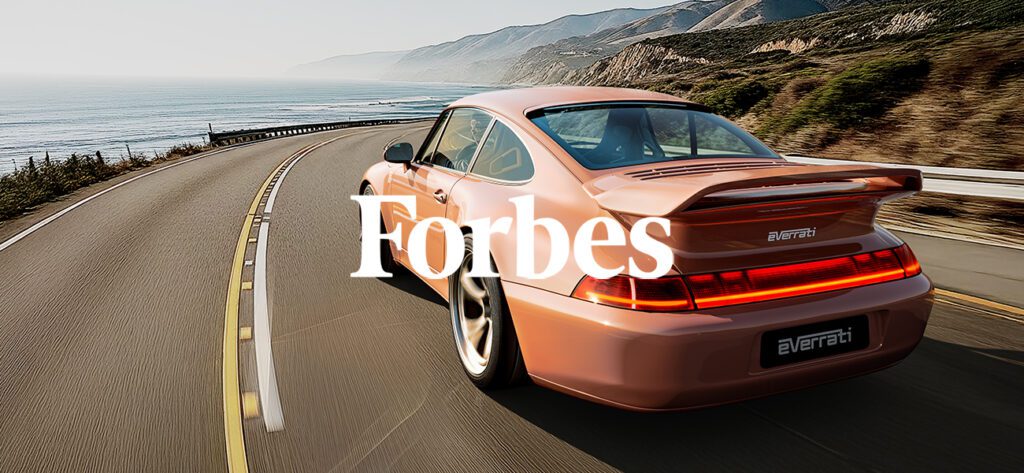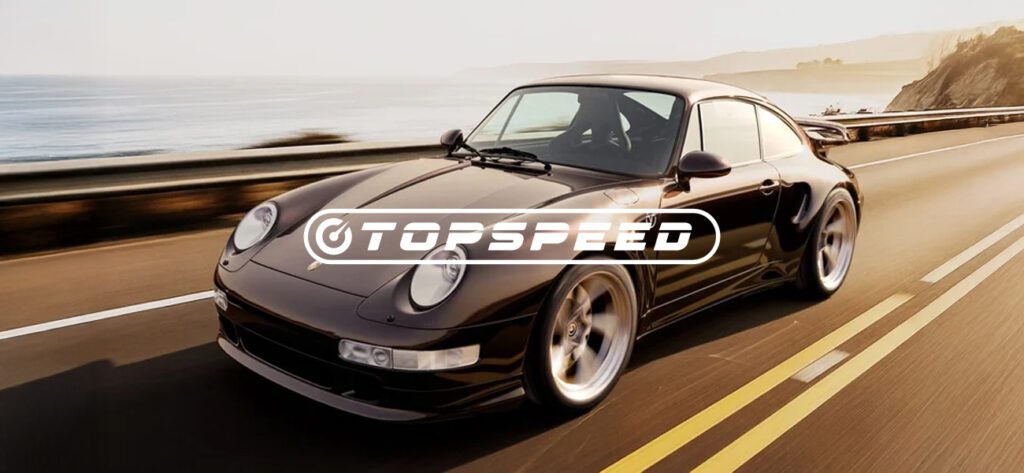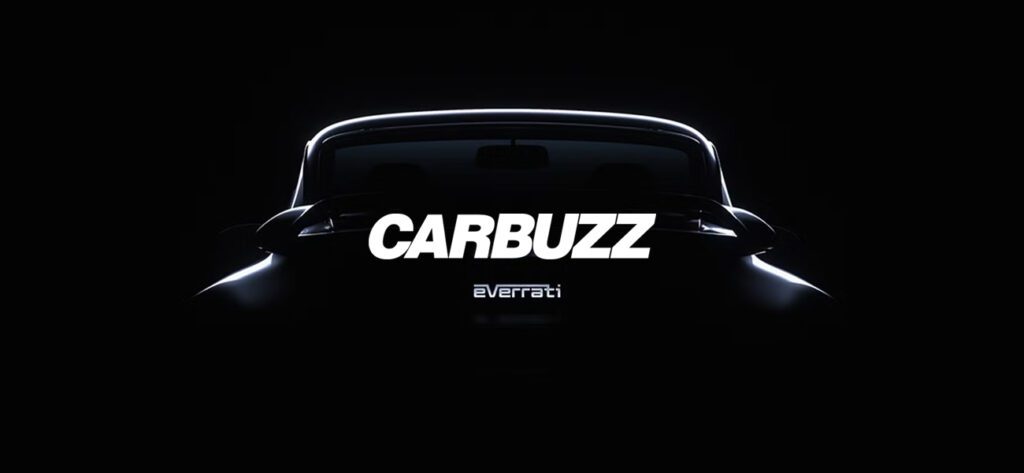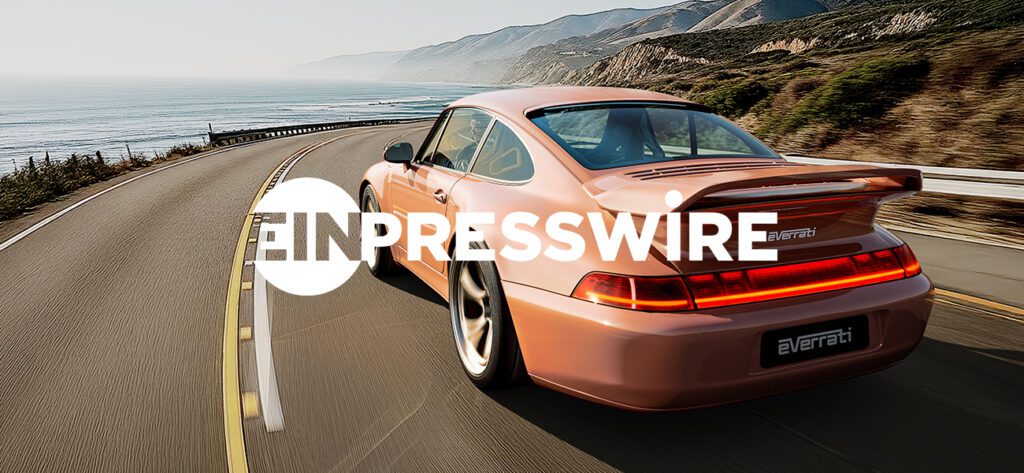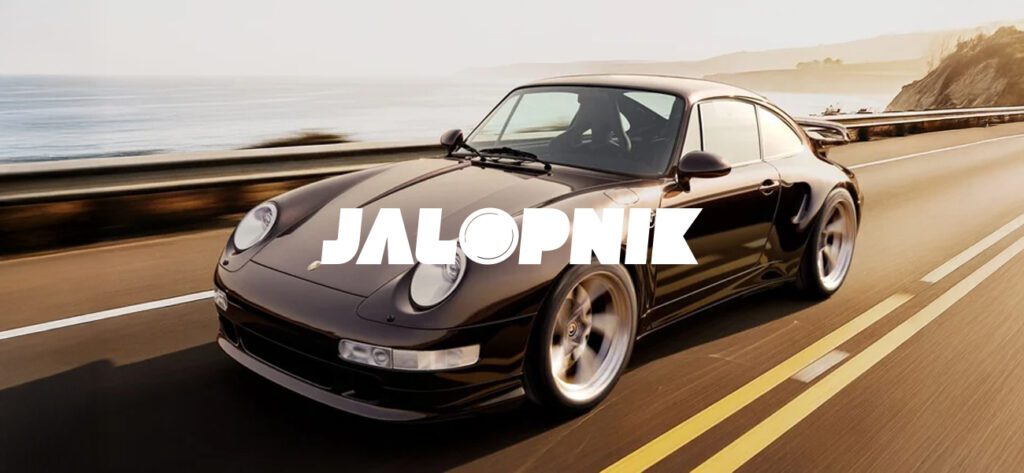Everrati Founder and CEO Justin Lunny spoke with HotCars about the challenges presented by building an all-electric GT40.
By now, electrification clearly represents the future of the automotive industry, with the only remaining question being whether the world’s lithium supplies can last long enough to allow for sustainable battery technology development or if alternative energy storage solutions like hydrogen will feed electric motors in the future. The undeniable sea change seemingly proves itself time and again with each passing day, as deals like the Rimac-Bugatti arrangement make headlines alongside new models from OEM manufacturers and new projects from smaller, newer brands.
But new technology won’t stay limited only to new cars because all-electric drivetrains provide such promise for extending the lives of iconic classics—even if tried-and-true fans of internal combustion bemoan a lack of soul among EVs with instantaneously available torque, autonomous driving technology, and bloated curb weights.
Perhaps no car could represent the glories of an almost bygone era more than Ford’s legendary GT40 and now, an English brand called Everrati just revealed plans to fully electrify licensed GT40 reproductions from Superformance.
Curious to learn more about the venture, I spoke with Everrati Founder and CEO Justin Lunny about how he decided to transform an undeniable classic into a futuristic classic without losing the engaging emotionality that makes the GT40 one of the most visceral sports cars of all time.
In 2016, Lunny (left, above) sold a financial technology company that handles online payments, then found himself searching for a new venture. A pivot to the automotive arena seems somewhat surprising, from the outside, but his clear passion for the industry emerges after only a few minutes chatting.
“As long as I can remember as a kid, I’ve always loved cars of all descriptions,” Lunny told me, admitting that after selling iCheque, “I was kind of looking around for what to do next, really, and three things happened. First, I could see EV coming. Back then, even though Tesla was pretty much the only game in town, you could see things starting to take shape. Secondly, my daughter was around age six, turning seven, and she was genuinely worried, scared about climate change. She actually used to wake up having nightmares about the earth flooding. At age of six or seven, now I don’t really thank the teacher who told her about this…”
The third thing, he continued, came about fortuitously, thanks to a royal wedding.
“You may remember a certain Harry and Meghan got married at Windsor castle,” he laughed. “I used to live right at the center of Windsor and seeing the electric E-type, which was then a prototype from Jaguar—in fact, Rimac pretty much built that car—driving away from Windsor Castle, which was somewhere I knew very well, just gave me that spark of an idea. That there must be a market here for some beautiful, iconic, classic, whatever you want to call them, cars for future generations.”
And so Lunny decided to start a new company called Ionic—spelled with a “c” at the end, crucially—converting classics into EVs. But then Hyundai quickly came along with the Ioniq hybrids and electrics, so to avoid confusion (not to mention duking it out with a multinational conglomerate), Lunny changed the company’s name to Everrati.
“Even though we did have a trademark,” he laughed, “I decided we had better things to do than challenge them.”
I asked where he came up with the Everrati moniker, given how much it almost sounds like a name that might once have been a classic, if obscure, Italian marque. Lunny explained that Everrati represents a portmanteau of “EV” as in electric vehicle, “Ever” as in making sure iconic cars get driven forever, and finally, a bit more out of left-field, “Rati,” the Hindu goddess of lust, carnal desire, and passion…
“That’s the kind of desire that people have for their beautiful cars,” he said, and given the earlier cars Everrati converted, from a W113-generation Mercedes-Benz SL to a 964-gen Porsche 911, the choice seems apt. But when I referred to the process of converting cars, Lunny stopped me to clarify.
“The background of the company is really about building some of the world’s most iconic cars and redefining them,” he explained. “We would classify the business as really closer to an OEM than a converter, and what I mean by that is we redefine that vehicle as a new car.”
Hoping to get more of a technical explanation of the difference, rather than arguing semantics, between conversions and original equipment manufacturing, I took the opportunity to get into some of the more pressing technical questions that cropped up in my mind while researching Everrati.
“Let’s take our process, for the Porsche or the GT40,” Lunny said. “We, firstly, weigh it in its original state, with its combustion engine and original fluids, so we know the original weights at all four corners. Then we carefully remove the drivetrain, we weigh it again, and we 3D scan the space that the drivetrain would have taken up. And then we CAD design a brand-new EV drivetrain very specifically taking three things into account: performance, by definition, the second thing is weight, and the third one is range.”
Lunny’s team at Everrati is comprised largely of ex-McLaren, ex-Lotus, ex-Jaguar, and ex-Land Rover experts (covering projects that include the forthcoming Lotus Evija hypercar).
“So we’re coming at it more from the OEM standpoint than the converter standpoint,” he said again. “Really, we spend an awful lot of time, so within the GT40 it has 3,000-plus hours of engineering time already just defining the drivetrain, the weight, and everything else. So that when we put a car on the road it really has been designed to work fully, as opposed to just converting it from something else.”
Predictably, the discussion of weight popped up repeatedly throughout our conversation—after all, incredible seven-seater sprinters from the likes of Tesla might launch off the line impressively but their handling often feels simultaneously dull and pendulous due to the sheer battery mass required to feed such powerful electric motors. Lunny agreed with my sentiments, acknowledging that most EVs prioritize range over engagement.
“It’s interesting, some people out there are putting a load of weight in a car,” he said, “Blunting not necessarily performance, but blunting the feel. It doesn’t feel like it should do anymore. We’re not publishing curb weights yet but we know it’s not massively over an original GT40. On our 911, we actually kept it under the original curb weight, which is kind of interesting, even though it’s twice the power. Which is kind of fun.”
Still, simply outdoing a classic car in terms of straight-line speed sounds fairly easy when it comes to an electric drivetrain. A naturally aspirated 964 would have maxed out at a rather pedestrian 247 horsepower and 228 lb-ft of torque from a 3.6-liter flat-six, while a road-going MkIII GT40’s V8 detuned from race spec produced “only” 306 ponies—compared to an Everrati GT40’s 800 horsepower and 590 lb-ft of torque, anyway. More importantly, for enthusiasts, the legendary rasp of an air-cooled Porsche or the roar of a GT40’s “Bundle of Snakes” exhaust can quickly eradicate any advantage a Tesla or Taycan might take to a drag race.
Teslas and Taycans, BMWs and Toyotas all produce their own futuristic EV whine (Porsche happily charges $500 for the Electric Sport Sound option on a Taycan) but Lunny made the decision that Everrati’s cars will go one step further.
“In the 911, we actually have a sound generator,” he revealed. “It’s not as loud as a flat-six but actually, it’s the same technology as an OEM would put in a diesel sport SQ5 with a sport button. It’s a synthetic sound that sounds a lot more meaty. We have that on our 964, but they’re attached to the chassis, so when the car starts up, you can feel the noise.”
Lack of tactile sensation and dull, sterile feel among modern-day commuter EVs quickly came to mind as I first read about the Everrati GT40 project. How could someone actually decide to power Ford’s most iconic racecar with an electric drivetrain? Doesn’t it sound (no pun intended) kind of pointless?
Luckily, Lunny willingly discusses his goal of maintaining the feeling that driving such an iconic sports car should produce, electric or not—he wants the GT40 project to take him straight back to the excitement he felt in childhood, all in a package built in a historically aware manner while treating the car itself with the respect it deserves.
“I’m a kid at heart, and my son who is six, watching Ford v Ferrari and Le Mans ‘66,” he said, “Tied along with my love of Cobras, the Daytona Coupe, the GT40. If you look back, the GT40 was actually built originally in Slough, which is only about four miles from where I used to live. And it’s kind of that whole feel of wouldn’t it be really cool to do an iconic car that has history here but is definitely an American icon.”
In fact, whether for a MkIII GT40 built upon a Superformance rolling chassis or a bespoke version of a customer’s rare sports car, Everrati’s conversions (whether you want to call them that or not) remain completely reversible, adding a layer of attractiveness to potential clients who may not want to see a knife or torch instantly cut into their future resale values. So Everrati avoids cutting the body or chassis at all and even keeps the oily mechanicals in their original condition.
“Take a 300 SL Roadster—the fact that it’s matching-numbers is important for its longterm value,” Lunny said. “We will package up the original engine and gearbox, put it in a presentation box, have it in your study or mancave. Yes, the original car has a new heart, but the original heart is now in your home. But that can stay together, so if you sell the car, the original engine and gearbox can go with it.”
But when that engine and gearbox come out, what exactly does Everrati put in? Especially for the GT40, given that Superformance provides the rolling chassis?
Click through to Part 2 of my conversation with Everrati founder and CEO Justin Lunny to learn more about the engineering that he hopes will make Everrati’s all-electric GT40 so electrifying.
Source: Hotcars.com
